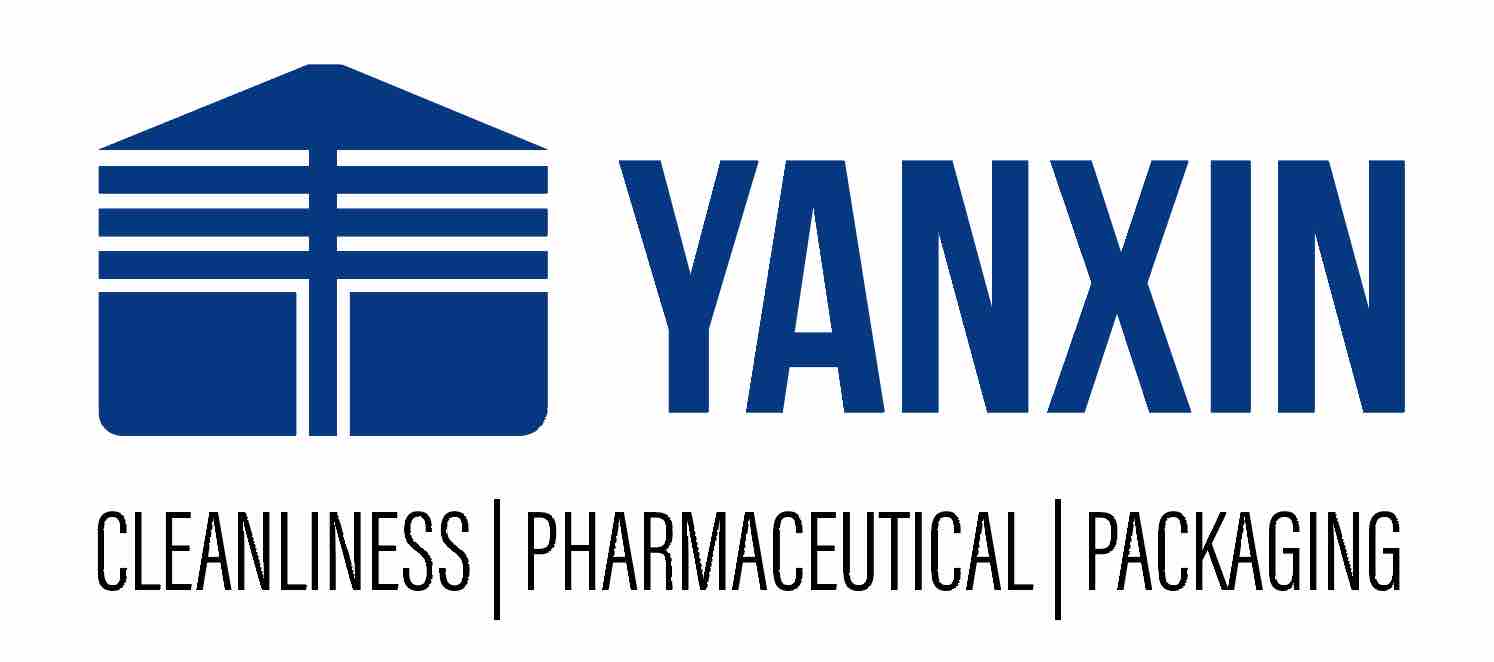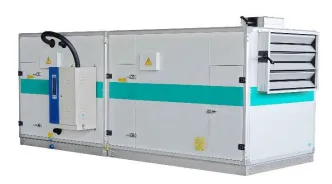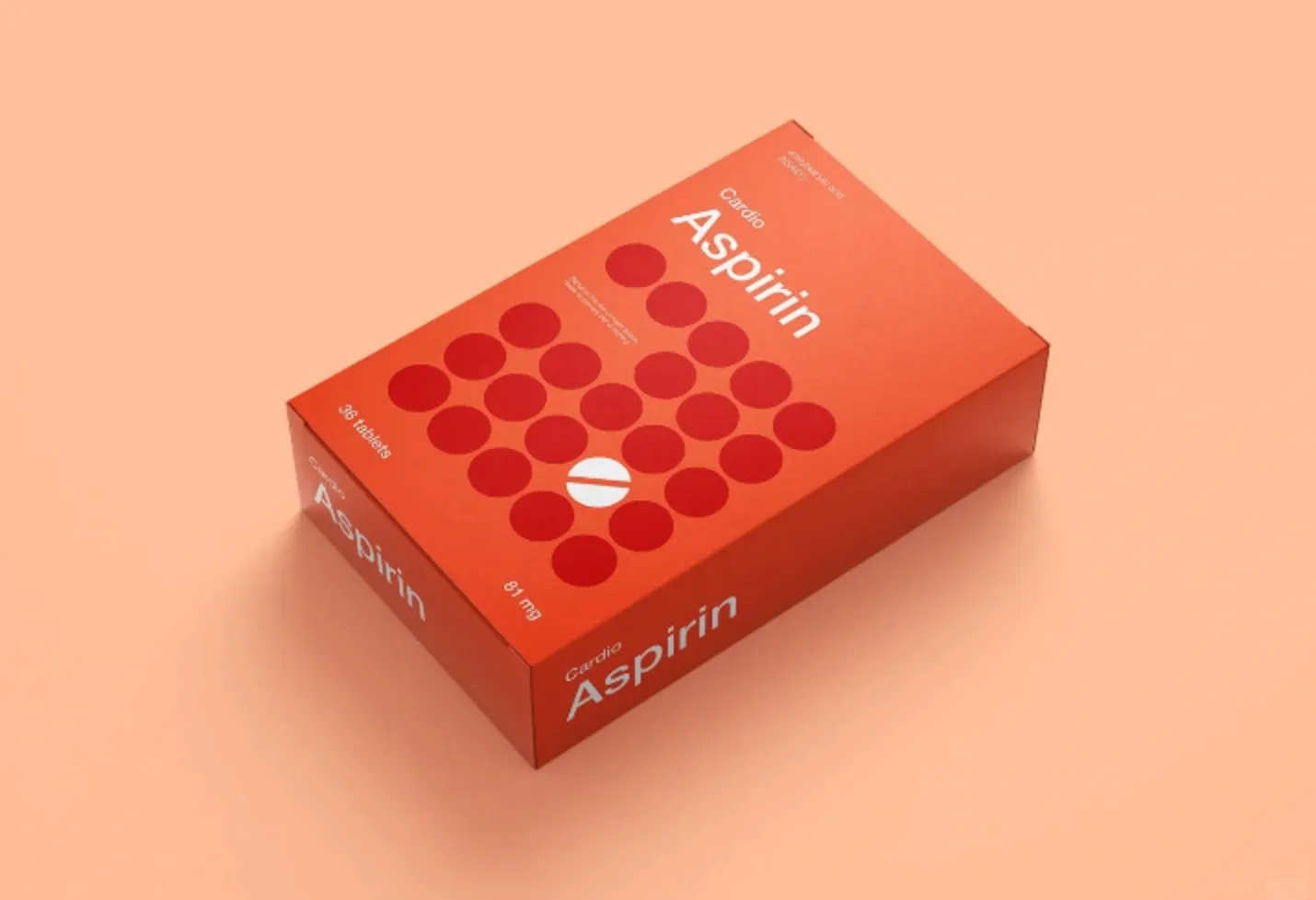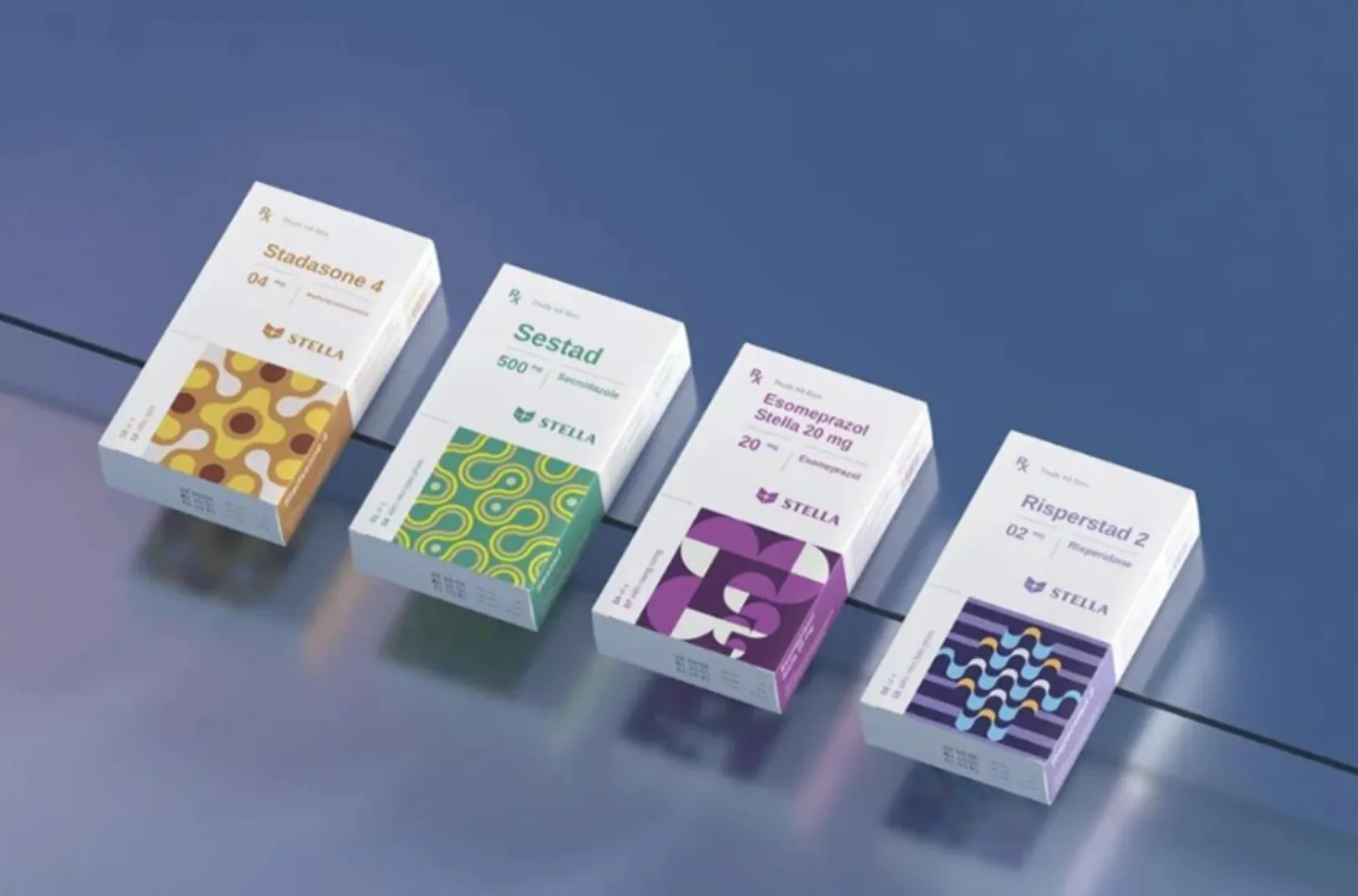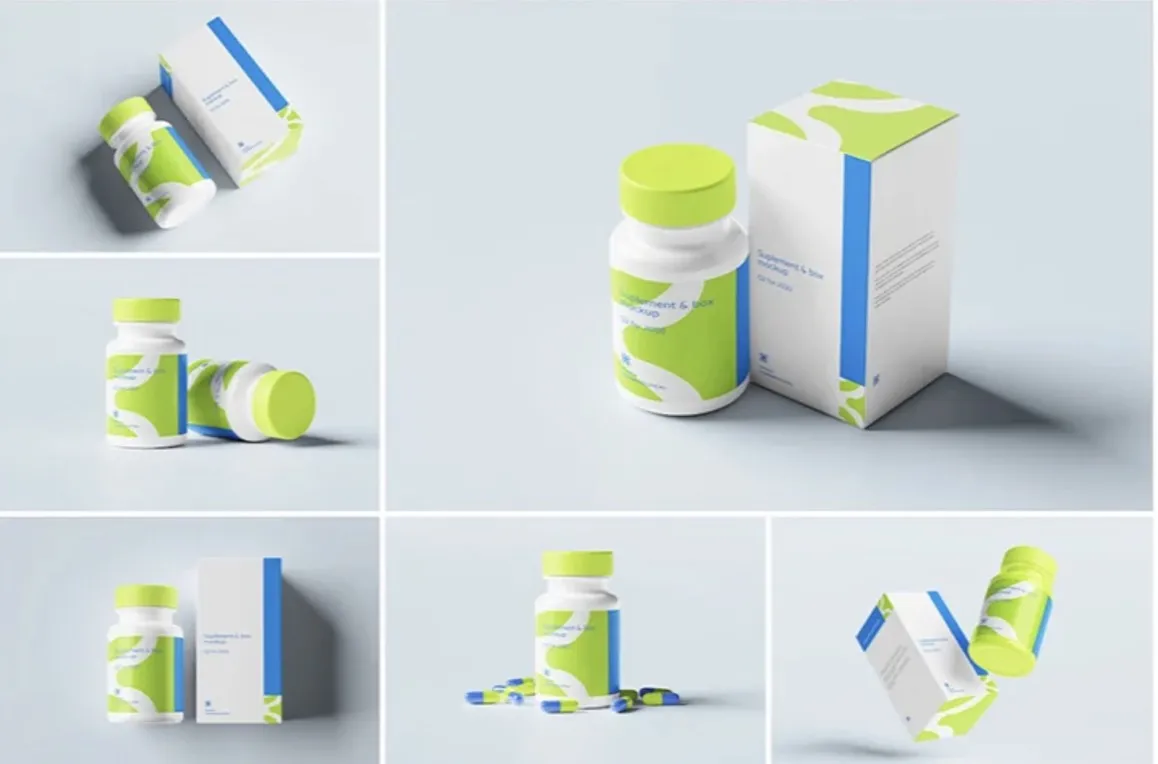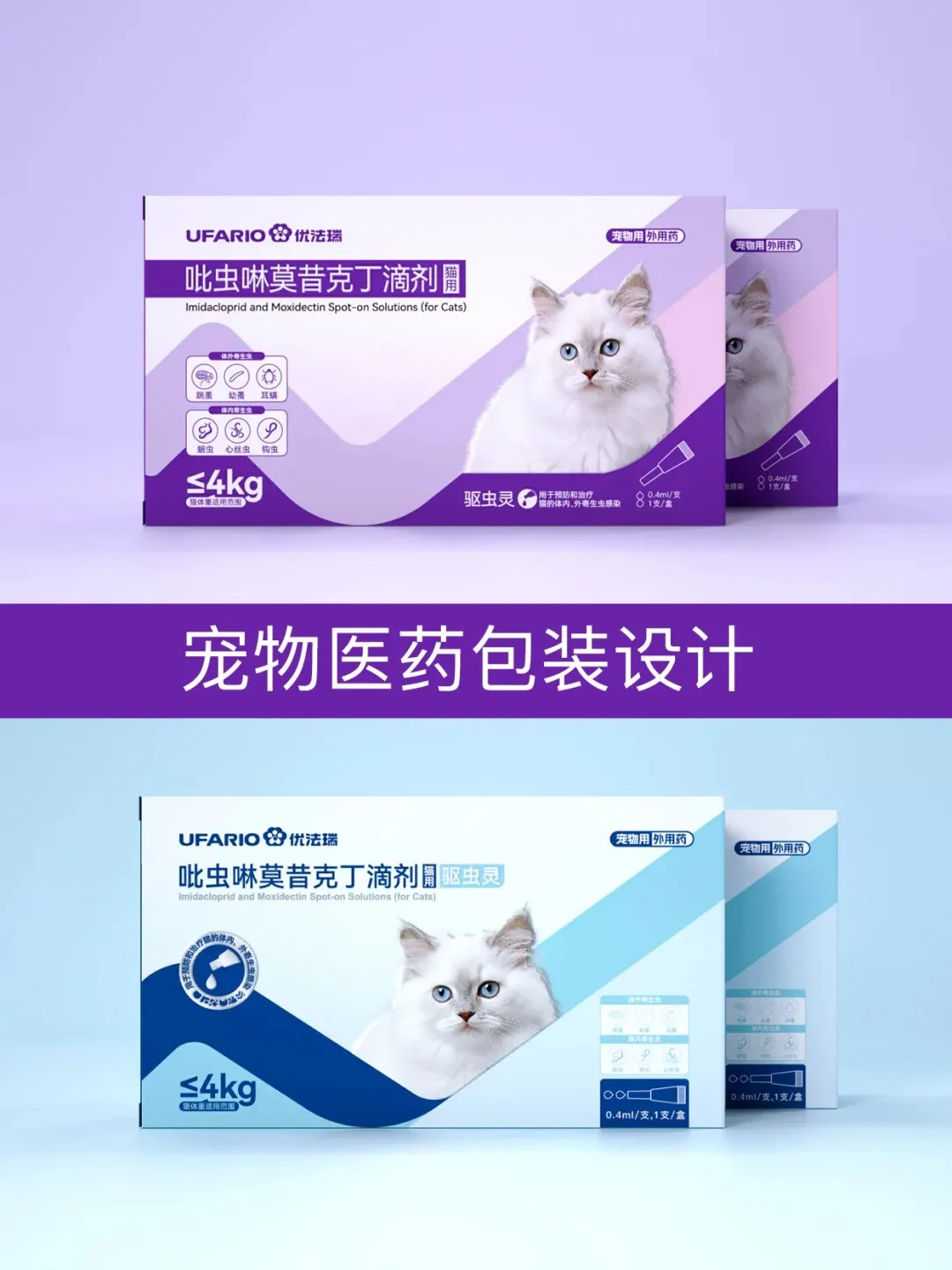Clean room air conditioning unit
1. Functional characteristics (1) Air purification treatment Clean room air conditioning units are equipped with a multi-stage air filtration system, which can effectively filter dust, microorganisms, harmful gases and other pollutants in the air. Usually equipped with primary, medium and high-efficiency filters, the filtration efficiency of 0.3 μm particles reaches more than 99.97%, ensuring that the air sent into the clean room meets strict cleanliness standards. Some units also add ultraviolet rays, plasma air purifiers or high-pressure electrostatic dust removal and sterilization filter devices to further kill bacteria and viruses in the air and prevent cross-contamination. (2) Precise regulation of temperature and humidity can achieve precise control of indoor temperature and humidity to meet different production processes and environmental requirements. The unit has refrigeration, heating, humidification, dehumidification and other functional modules. Through an advanced control system, the operating parameters are adjusted in real time according to the change of indoor temperature and humidity to ensure that the temperature and humidity fluctuations are within a very small range. In the biopharmaceutical workshop, the temperature can be controlled at 20-24 ° C, and the relative humidity is maintained at 45% -60%, providing a stable environment for drug production. (3) High static pressure and large air volume design To ensure the uniform distribution of air in the clean room and enough air changes, clean room air conditioning units are usually designed with high static pressure and large air volume. The fan pressure head is high, which can overcome the resistance caused by air filters, air duct systems, etc., and efficiently transport the treated air to all corners of the clean room. The number of air changes can reach 10 - 60 times/hour, meeting the requirements of different cleanliness levels. (4) Intelligent Control and Monitoring With the help of the Internet of Things and automation control technology, the clean room air conditioning unit can realize intelligent operation management. Real-time monitoring of indoor temperature and humidity, air quality, equipment operating status and other parameters through sensors, and transmit data to the control system. Operators can remotely monitor and adjust the operation of the unit. The system can also automatically adjust the operation mode according to preset conditions. When there is a failure, an alarm will be issued in time to notify maintenance personnel for processing, and improve the reliability and management efficiency of equipment operation. (5) Compact and Reliable Unit is made of aluminum alloy frame or stainless steel material. The structure is compact, sturdy and durable, and has good sealing and corrosion resistance. Some units adopt modular design, which is easy to install, maintain and expand. In addition, it is also equipped with multiple safety protection devices, such as overload protection, leakage protection, over-temperature protection, etc., to ensure the safe and reliable operation of the equipment. II. Classification (1) Classification of water-cooled air-conditioning units according to the type of cold and heat sources: Water is used as the refrigerant, and the cold source is provided through the chiller, and the heat source is provided by the boiler or heat pump. Large refrigeration capacity and high energy efficiency ratio are suitable for large clean room projects. But it needs to be equipped with auxiliary equipment such as cooling towers and water pumps, and the installation and maintenance are more complicated. Air-cooled air-conditioning units: Air is used as the refrigerant, and heat exchange is carried out through the outdoor unit. Easy to install, no special water cooling system is required, and it is suitable for small and medium-sized clean But the cooling capacity is relatively small, and the energy efficiency ratio is lower than that of water-cooled units. (2) Classification of constant temperature and humidity air-conditioning units by function: It has functions such as refrigeration, heating, humidification, and dehumidification, which can precisely control indoor temperature and humidity. It is suitable for places with strict requirements on temperature and humidity, such as electronic chip manufacturing workshops, precision instrument laboratories, etc. Purification air-conditioning units: Focus on air purification function, and ensure air cleanliness through multi-stage filtration system. It is widely used in industries with high requirements for cleanliness, such as pharmaceuticals, medical treatment, and food processing. New air-conditioning units: All outdoor fresh air is introduced, and it is sent indoors after treatment, which can effectively improve indoor air quality. It is suitable for places with high requirements for fresh air volume, such as operating rooms, infectious disease rooms, etc. III. Applicable Scenarios (1) Semiconductor manufacturing Semiconductor production has extremely high requirements on environmental cleanliness, temperature and humidity. Tiny dust particles or temperature and humidity fluctuations may affect the quality and performance of the chip. Clean room air conditioning units can provide a stable clean environment, control temperature and humidity within the specified range, and meet the requirements of semiconductor manufacturing processes. (2) Biopharmaceutical pharmaceutical processes need to strictly control the number of microorganisms and dust particles in the production environment to prevent drug contamination. The multi-stage filtration system and temperature and humidity regulation functions of clean room air conditioning units can ensure that the drug production environment meets GMP standards and ensure drug quality and safety. (3) Medical places such as operating rooms, aseptic wards, and intensive care units have strict requirements on air quality and temperature and humidity. Clean room air conditioning units can filter bacteria and particles in the air, reduce the risk of infection, and provide patients with a safe and comfortable treatment and rehabilitation environment. (4) During the processing of food processing, it is necessary to prevent microbial contamination to ensure food safety. Clean room air conditioning units can filter particles and microorganisms in the air, control indoor temperature and humidity, and prevent food from spoiling during processing and storage.
